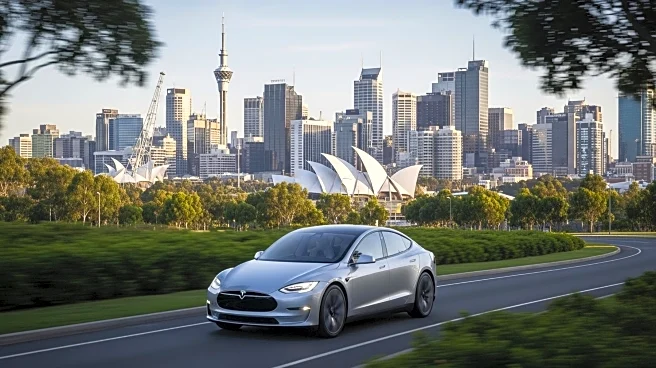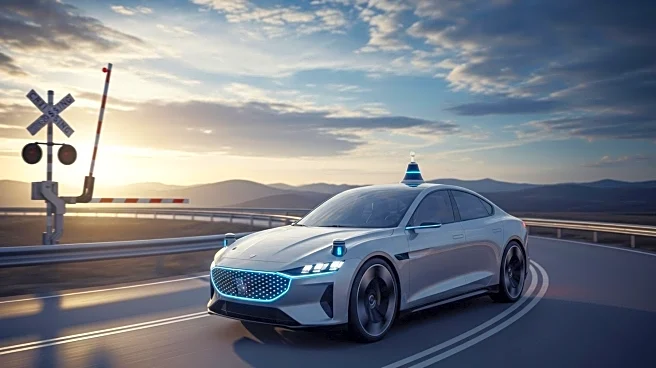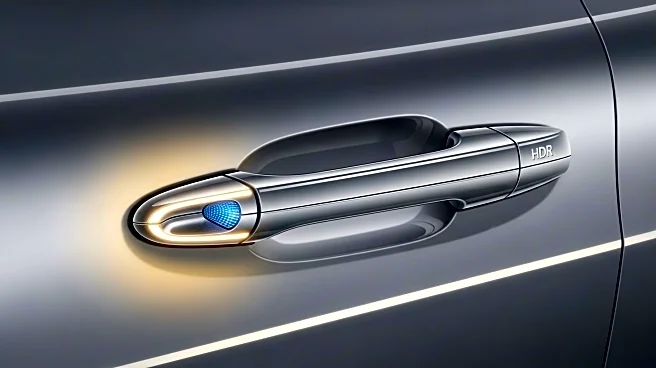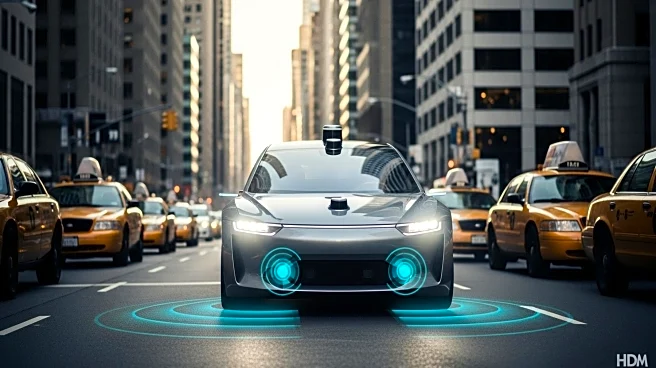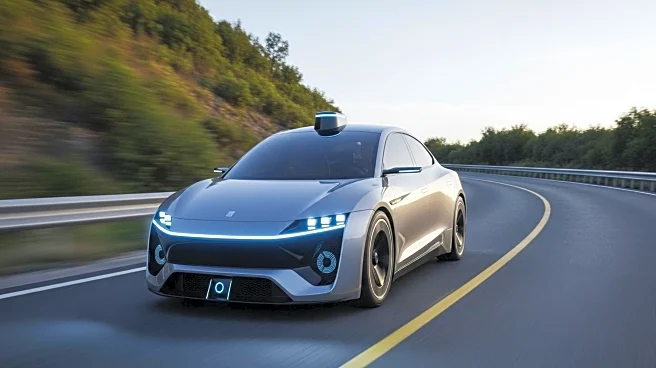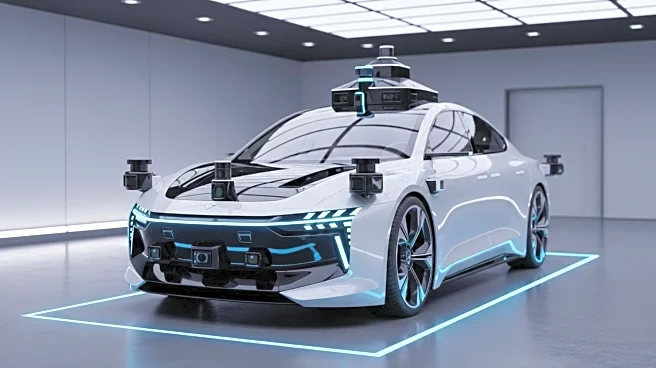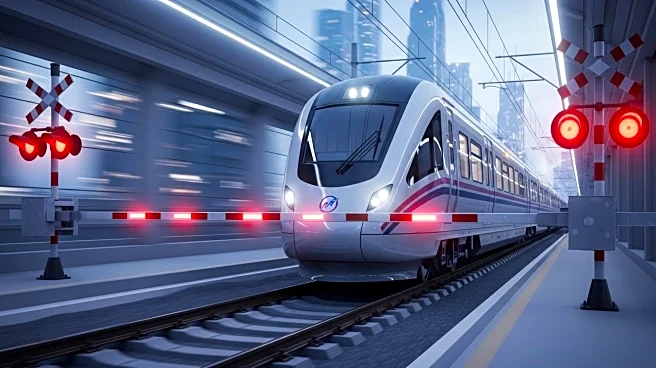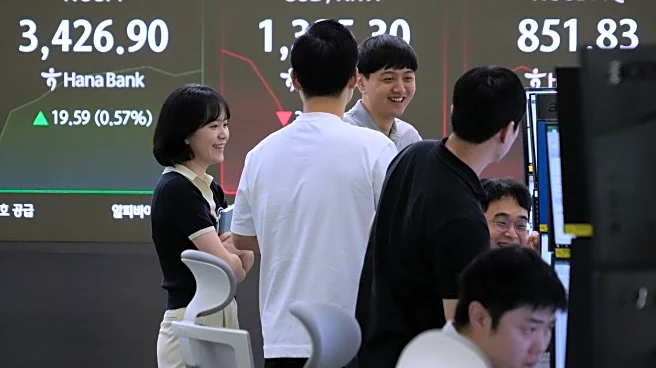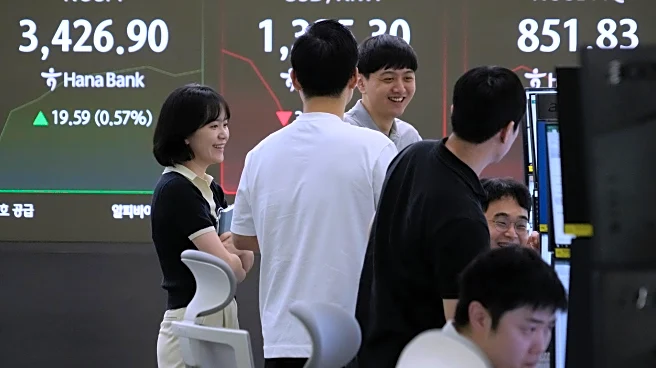What's Happening?
Tesla has launched its Full Self-Driving (FSD) Supervised feature in Australia, allowing vehicles equipped with hardware four (HW4) cameras to operate with minimal human input. The system is classified as a 'Level 2' semi-autonomous driving system, meaning the driver remains in control and must be ready to intervene. The rollout follows initial testing in May, which faced criticism for not adhering to local autonomous vehicle laws. Despite the controversy, Tesla continues to offer its Autopilot system in Australia, providing features like adaptive cruise control and lane-change assistance.
Why It's Important?
The introduction of Tesla's FSD Supervised in Australia marks a significant step in the global expansion of autonomous driving technology. It highlights the ongoing debate over the safety and regulatory compliance of such systems. The classification of FSD as a 'Level 2' system places legal responsibility on the driver, potentially creating a loophole in liability issues. As autonomous technology advances, it could reshape transportation, impacting industries, regulatory frameworks, and consumer behavior. The controversy surrounding Tesla's rollout underscores the need for clear regulations and safety standards in the autonomous vehicle sector.
What's Next?
Tesla's expansion of FSD Supervised in Australia may prompt further scrutiny from regulators and the public, potentially influencing future policy decisions. The company may need to address safety concerns and regulatory compliance to ensure successful adoption. As autonomous driving technology evolves, stakeholders, including governments, industry leaders, and consumers, will need to navigate the complexities of integrating these systems into existing transportation networks. The development of clear guidelines and standards will be crucial in facilitating the safe and effective deployment of autonomous vehicles.

